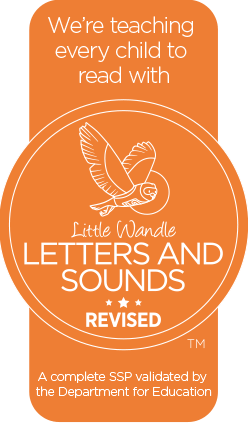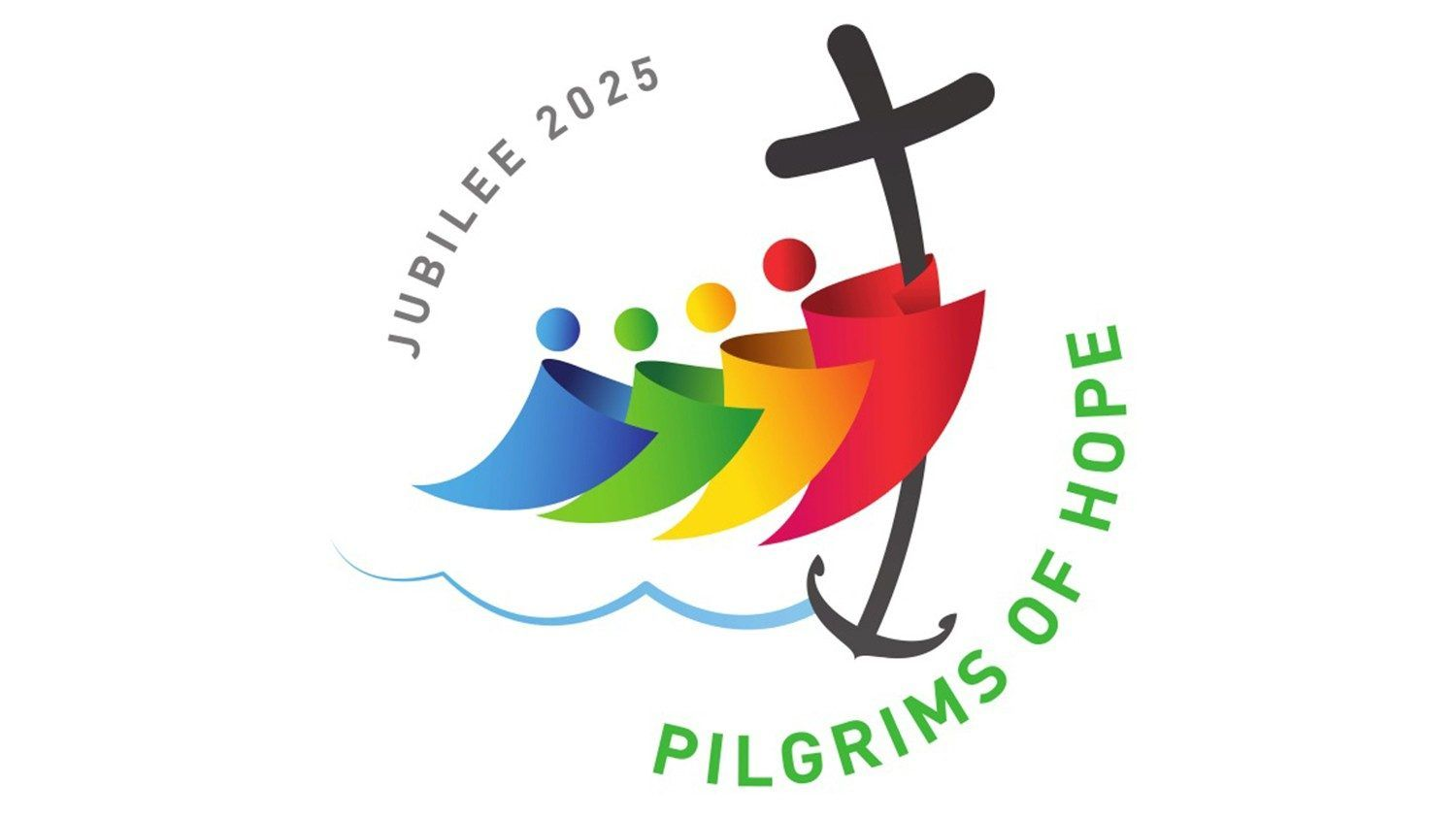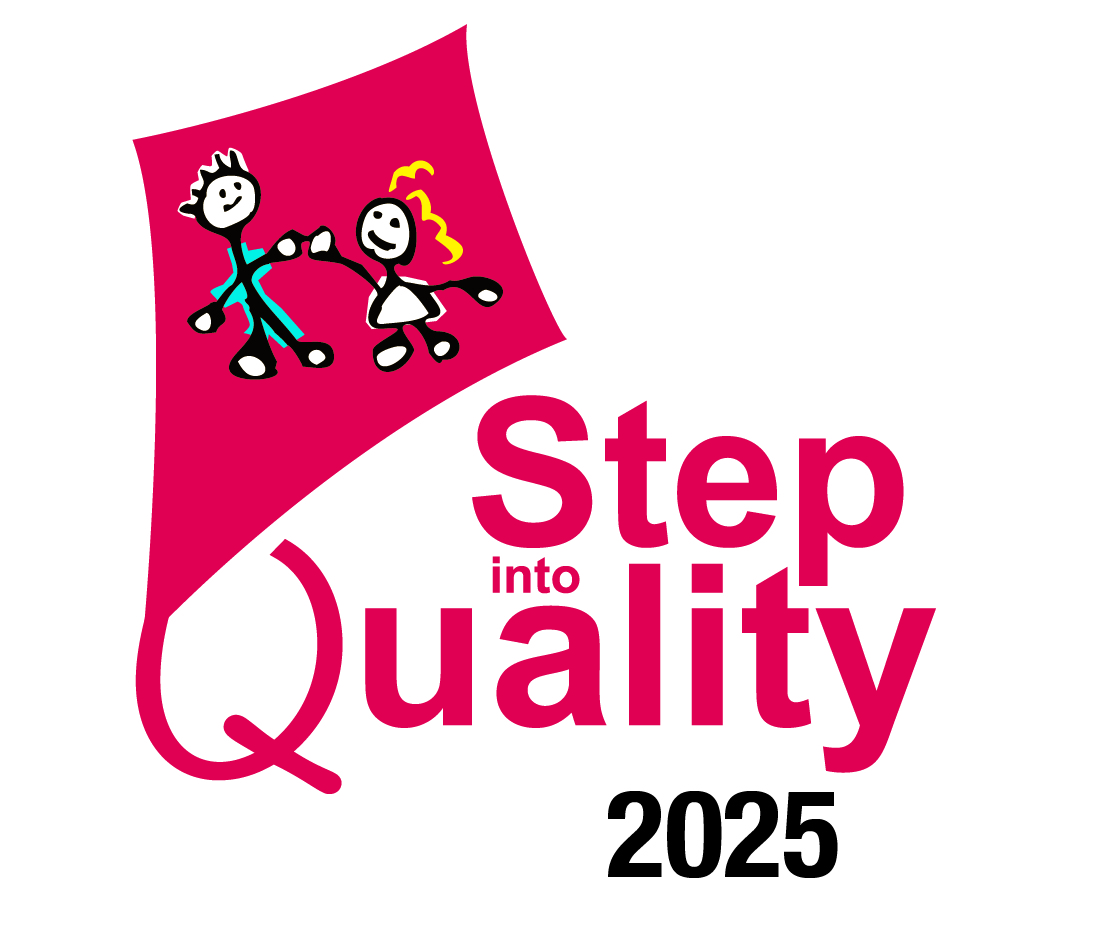St. Edmund’s Catholic Primary School
Design & Technology Intent Document
Intent
At St Edmund’s Catholic Primary School, we are INVENTORS! We want our children to be passionate about DT and to explore the impact design has had on the modern world. We want them to have no limits to what their ambitions are and hope to inspire children to think creatively, analytically and purposefully in order to create the new solution to a modern-day problem. We recognise the key role that DT plays in equipping our children with skills that they can use for life, allowing them to think reflectively while also developing their own problem-solving skills that they will be able to call upon throughout their lives. We hope to inspire and motivate our learners to think outside the box and to take safe risks in order to achieve greatness. At St Edmund’s, we believe the next big invention will come from Skelmersdale!
Our curriculum document enables children to develop their interest, knowledge and understanding of DT through the reoccurring strands of: Textiles, Resistant Materials and Food Technology. The disciplinary knowledge is developed from EYFS through to Year Six, through the age-related skills of research, design, make and evaluate.
The children will develop their DT skills, by exploring existing products, researching significant people, taking part in educational visits or visitor workshops and using a variety of different interactive resources.
Implementation
Each unit is built around a specifically selected design brief and strand of DT; both of which are interlinked to help promote cohesion within the curriculum. The unit begins with a research session, where the children will explore significant individuals and existing products in order to develop their own design criteria.
During the next phase, the children will use the design criteria to help design an initial product. The product they design should meet both the brief and the design criteria. During this phase, children will be encouraged to come up with multiple designs and to critically reflect on their own outcomes.
Throughout the making phase, children will be taught new skills in order to help them create their final product. Skills are taught progressively across classes e.g. from a simple running stitch in KS1 to a blanket stitch in UKS2. We teach our children in mixed aged classes; therefore, substantive knowledge will be taught over a two cycle (A & B). The disciplinary knowledge is age-related, so that all children can develop their DT skills in a linear progression. Children will be encouraged to think logically as problem-solvers to enable them to come up with their own unique product during the making phase. At St Edmund’s Catholic Primary School, we follow the Iterative Approach; encouraging children to find their own solutions to their work through regular reflection and opportunities to problem solve.
During the evaluation phase, children will critically reflect on their final product and compare/contrast their outcome against the initial design criteria they generated at the beginning of the unit. The children will think reflectively and look back at the whole process, as one long journey, in order to identify their gains (things that they have learnt or that went well) as well as any pains (things that they may have found difficult or would change next time). Throughout all phases, children will regularly revisit the design criteria and brief, while also being given time to reflect on their learning.
Impact
Our DT curriculum offers high quality and well-planned lessons, which encourages progression. Key vocabulary is embedded in each lesson. Continuity and progression in the curriculum are built around substantive and disciplinary knowledge within DT. These are broken into year group expectations.
In order to ensure our aims have been met, we scrutinise learning through:
• Assessing children’s understanding of the topic including linked vocabulary throughout the unit through using reflective questioning.
• Talking to children during the lesson to ensure they have understood the learning objective – Assessment for learning.
• Mark completed work – Assessment for learning
The above enables the teacher to make an informed judgement on the children’s understanding and record their designer ability on the school tracking tool ‘itrack’.
Design and Technology Documents









